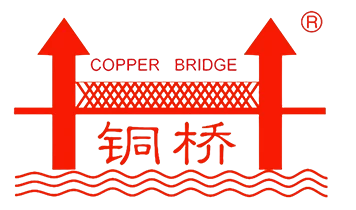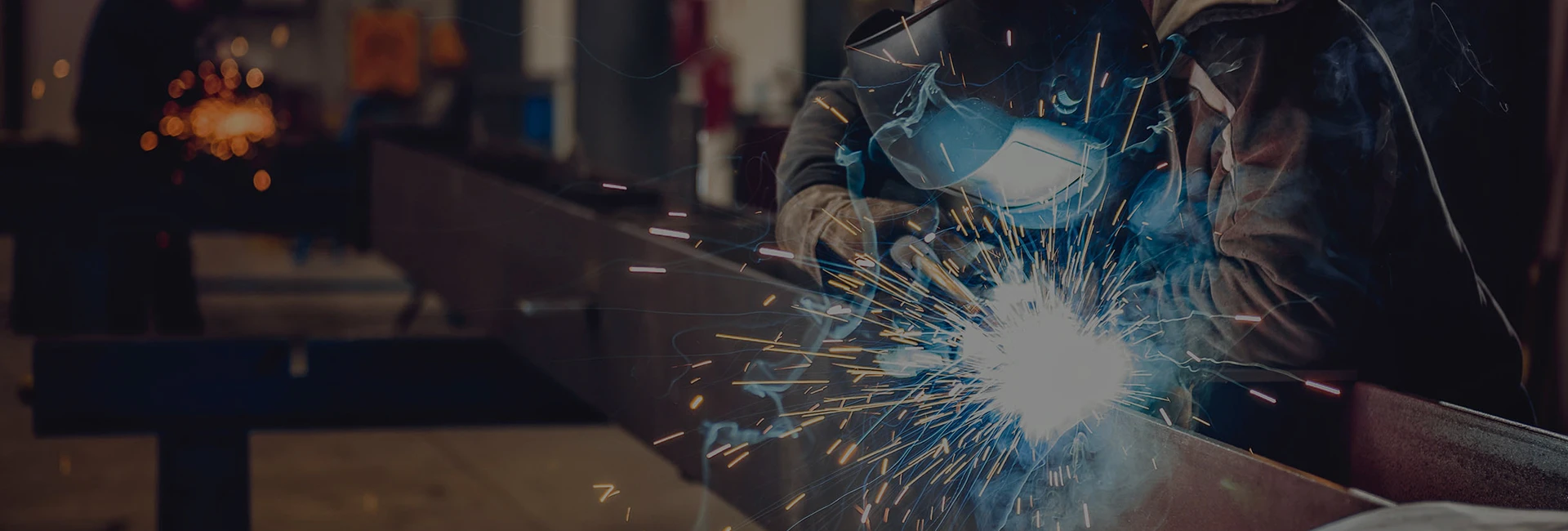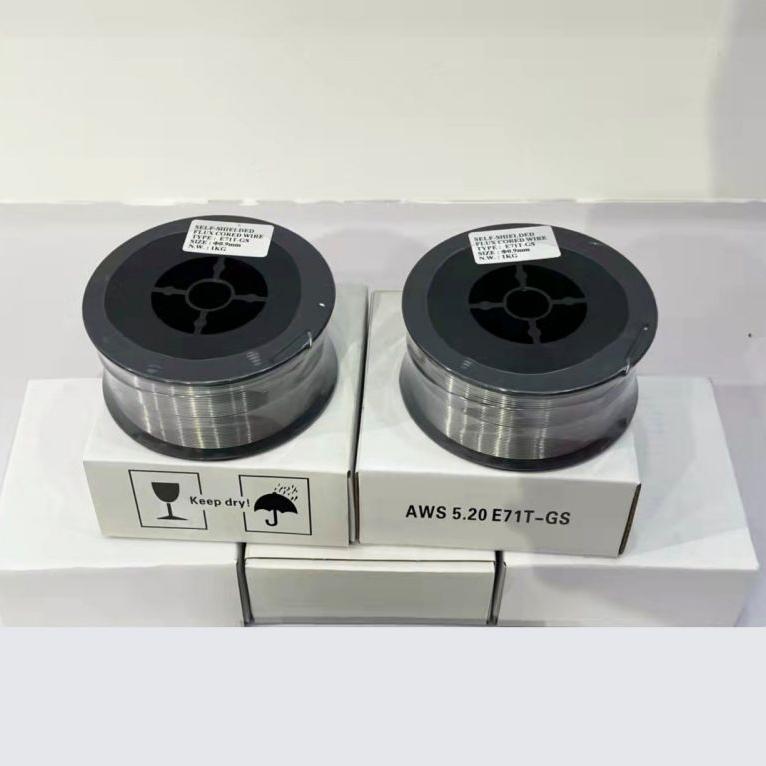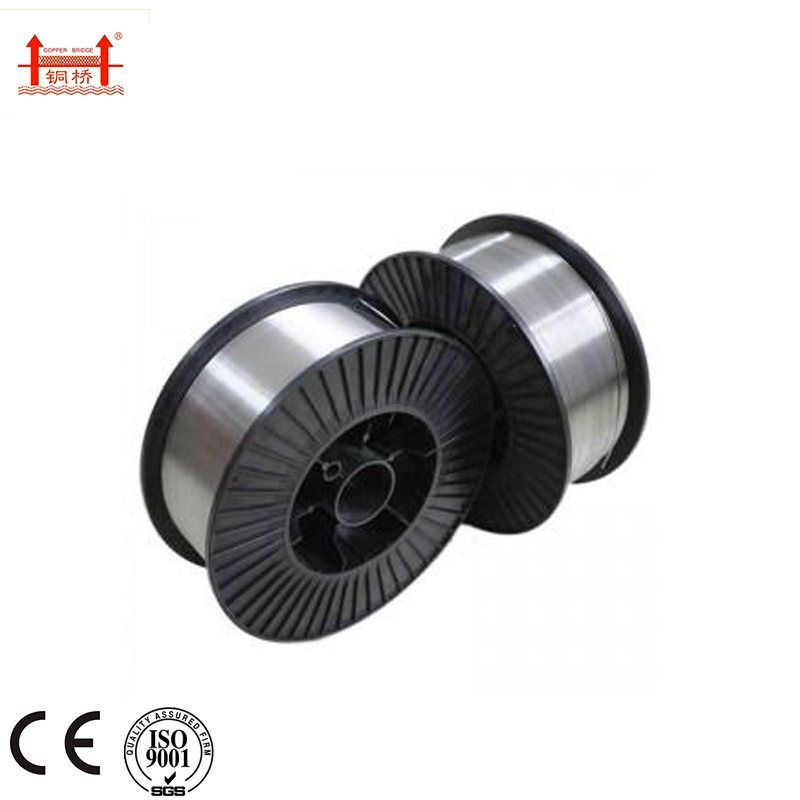Flux-cored welding wire is a tubular electrode with a hollow core filled with flux material. It is used in Flux-Cored Arc Welding (FCAW), a semi-automatic or automatic welding process. The flux inside the wire acts as a shielding agent, protecting the weld pool from atmospheric contamination, similar to the function of shielding gas in MIG welding.
Flux-cored welding wire is classified into two main types: self-shielded (FCAW-S) and gas-shielded (FCAW-G). Self-shielded flux-cored wires generate their own shielding gas as the flux decomposes during welding, eliminating the need for an external shielding gas. This makes them suitable for outdoor applications or windy conditions. Gas-shielded flux-cored wires require an external shielding gas, usually CO₂ or a CO₂/argon blend, which enhances arc stability and weld quality.
What Are the Advantages of Using Flux-Cored Welding Wire Compared to Solid Wire?
Flux-cored welding wire offers several advantages over solid wire, making it a preferred choice for specific applications. One major advantage is its high deposition rate. Flux-cored wires deposit more weld metal per unit of time than solid wires, allowing for faster welding speeds and greater productivity. This is particularly useful in heavy fabrication and thick material welding.
Another benefit is improved weld performance in outdoor and windy conditions. Self-shielded flux-cored wires generate their own shielding gas through the flux core, which eliminates the need for external shielding gas. This makes them ideal for fieldwork, construction sites, and repairs where shielding gas could be blown away.
Flux-cored welding wires also provide deep penetration and strong welds. The flux components enhance the arc characteristics, leading to better fusion with the base metal. This makes flux-cored wires suitable for welding thick materials, structural steel, and heavy equipment.
Additionally, flux-cored welding wires produce a stable arc and reduce weld defects. The flux helps clean the weld pool, removing impurities and preventing porosity. It also forms a protective slag layer that shields the molten metal as it cools. This ensures strong, defect-free welds with excellent mechanical properties.
While flux-cored wires do produce slag, which requires removal after welding, the overall weld quality and productivity outweigh this drawback. They are also less sensitive to surface contaminants like rust and dirt compared to solid wires.
In conclusion, flux-cored welding wire offers high deposition rates, superior performance in outdoor conditions, deep penetration, and improved weld quality, making it a versatile and efficient choice for demanding welding applications.
What Is The Difference Between Self-Shielded And Gas-Shielded Flux-Cored Welding Wire?
Flux-cored welding wire is available in two main types: self-shielded (FCAW-S) and gas-shielded (FCAW-G), and the choice between the two depends on the welding environment and application requirements.
Self-shielded flux-cored wire generates its own shielding gas as the flux core decomposes during welding. This eliminates the need for an external shielding gas, making it suitable for outdoor welding and windy environments where shielding gas could be blown away. It is widely used in construction, shipbuilding, and pipeline welding. Self-shielded wires are portable and ideal for remote job sites, but they tend to produce more spatter and require thorough slag removal after welding.
Gas-shielded flux-cored wire, on the other hand, requires an external shielding gas, typically CO₂ or a CO₂/argon mixture, to protect the weld pool. This type of wire produces a more stable arc, less spatter, and cleaner welds compared to self-shielded wires. Gas-shielded wires are often used in shop environments, where weld quality and appearance are critical. They are ideal for applications requiring high-strength welds, deep penetration, and minimal defects. However, gas-shielded flux-cored wires are less effective in outdoor or windy conditions without proper shielding gas protection.
Both types of flux-cored wires share advantages like high deposition rates and deep penetration. The decision between self-shielded and gas-shielded wire depends on factors such as location, available equipment, and the specific welding requirements.







